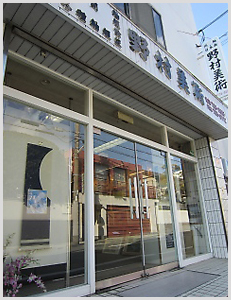Why Repeat Clients Keep Coming Back — A Large-Scale Kakejiku Production Project from Italy
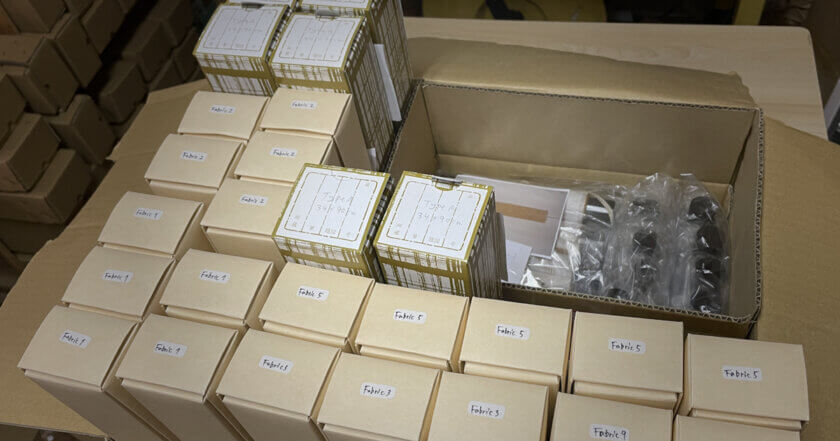
Our company has long been engaged in the traditional production of Japanese hanging scrolls (kakejiku) and has earned the trust of many clients both domestically and internationally.
This time, we would like to share an episode about a large order of shikishi-kake and tanzaku-kake from a repeat client in Italy.
This order consisted solely of Type B and Type C scrolls from the Type A to Type C range that we regularly produce for this client. Specifically, it was an order for 20 Type B and 30 Type C scrolls, for a total of 50.
To select the most suitable fabric for each type, we sent the client numerous fabric samples images and carefully listened to their preferences through multiple rounds of discussions.
Below are the meeting materials.

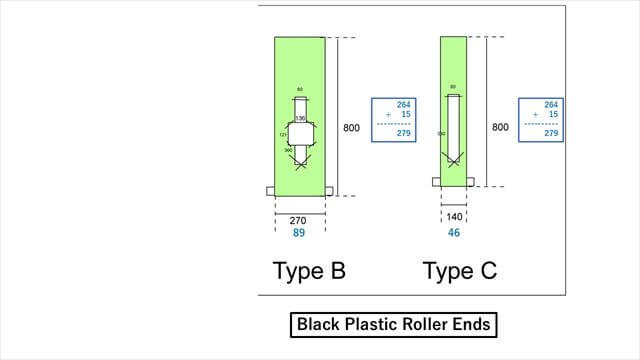
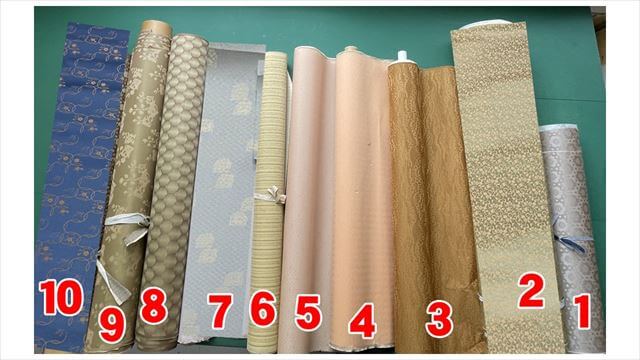
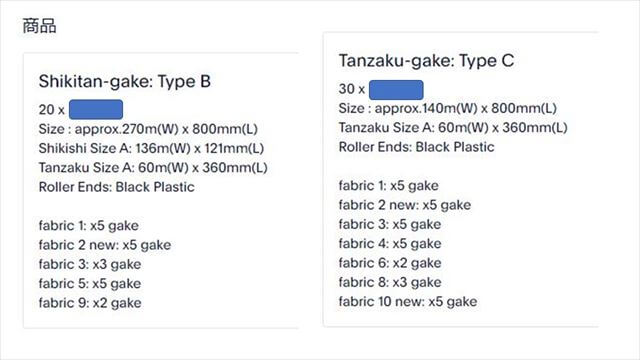
As indicated in the meeting documents, we conducted numerous meetings until 10 types of fabric were finalized, ensuring that the client could make the best selection. We at our company place great importance on providing detailed and attentive service until our clients are completely satisfied.
Once the specifications were finalized, we began production. Since the position of the strings that secure the shikishi or tanzaku varies depending on the type, we proceeded with great care to avoid any mistakes. Additionally, the production quantity differed for each fabric type, so we paid careful attention to these details as well.
Here are some of the completed Type B and Type C kakejiku.
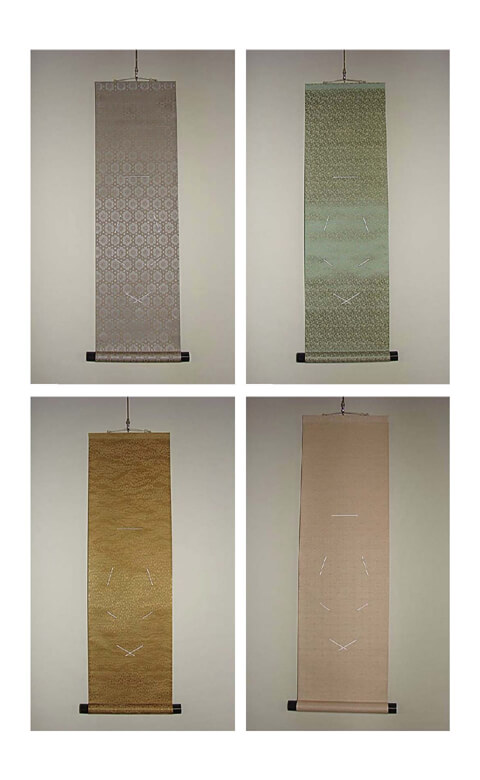
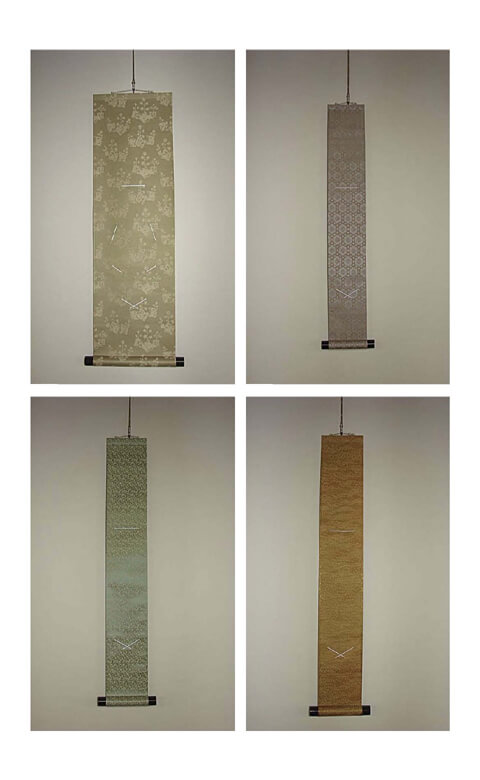
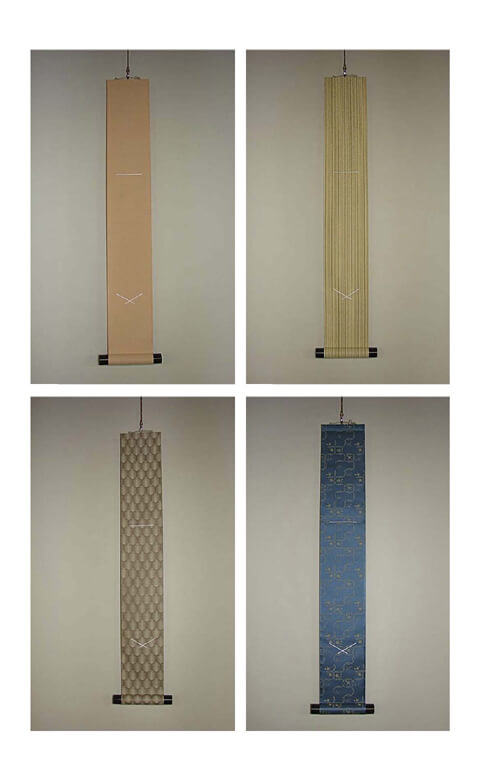
After reporting the completion of these items to the client, we received an additional order for 6 Type A shikishi-kake scrolls. The client requested that these Type A scrolls be shipped together with the already completed items.
We quickly held discussions about the fabrics to be used for the Type A scrolls and prioritized their production based on the agreed specifications.
Here are the finished Type A shikishi-gake hanging scrolls.
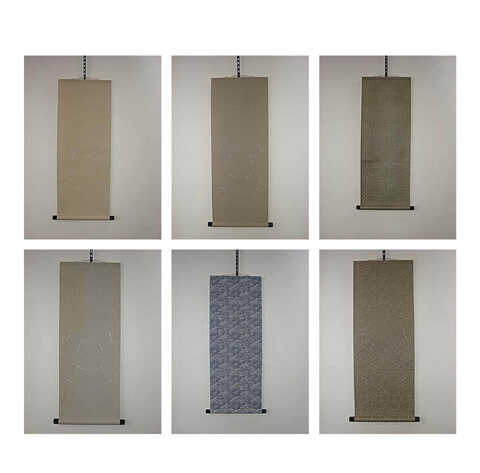
The finished scrolls were urgently shipped as the client indicated they had plans to use them. We were pleased to hear that the client was highly satisfied with the final products.
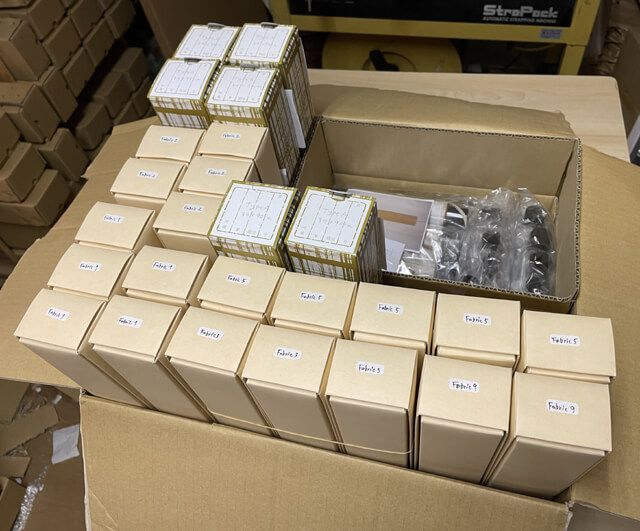
At our company, we always strive to provide meticulous service and craftsmanship to exceed our clients’ expectations. We will continue to dedicate ourselves to earning the trust of many more clients through our kakejiku production efforts.

